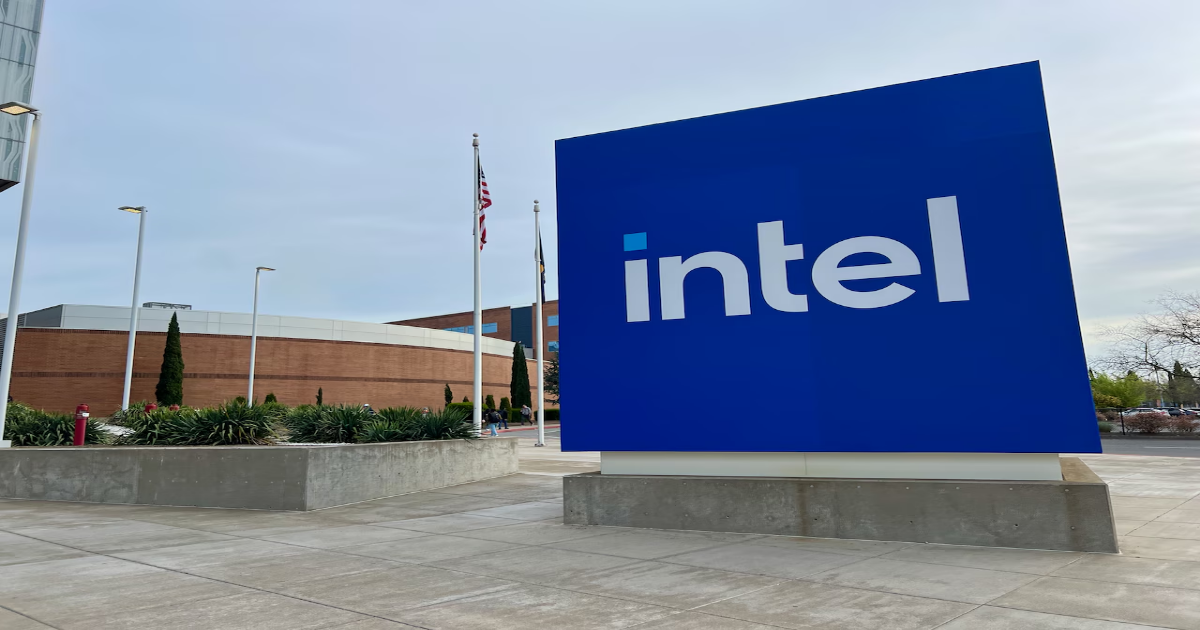Intel plans to eliminate 20,000 jobs or more across the company, Bloomberg reported Tuesday night, citing an anonymous source familiar with the chipmaker’s plans.
The cutbacks would follow massive layoffs last year at the ailing chipmaker and the installation of a new CEO, former Cadence Design Systems CEO Lip-Bu Tan. Further cuts could shore up Intel’s finances but risk eviscerating the company’s technological capabilities.
Bloomberg said Intel plans to announce the cuts this week. The company declined comment on the report.
Mass layoffs could have severe consequences in Oregon, Intel’s largest operating hub. The company employs 20,000 workers in Washington County, more than any other business in the state. Semiconductors are Oregon’s most valuable product and its major export.
Intel reports quarterly financial results Thursday afternoon. The chipmaker has scheduled an all-hands meeting with Tan for Friday morning. Intel employed about 109,000 workers worldwide at the end of 2024.
Long the world’s largest chipmaker, Intel has been struggling for several years, the result of technological missteps that cost the company its technological lead.
Falling demand for Intel chips, coupled with a surge in spending on new factories, have put the company in a financial squeeze. Those issues have been exacerbated by Intel’s failure to develop advanced chips to serve the rapidly growing artificial intelligence market.
Intel’s sales have fallen by about a third since 2021 and the company reported a $19 billion loss last year. Most of the loss consisted of accounting charges and severance costs associated with 15,000 job cuts last fall, though.
Now, Intel faces a new threat from the Trump administration’s trade war.
The company has large manufacturing operations in Oregon and Arizona and retaliatory tariffs from other countries could make chips made in the U.S. more expensive than what competitors offer.
Electronics assembled with Intel chips in Asia also stand to be far more expensive in the U.S. because of Trump’s tariffs, potentially reducing demand.
Investment analysts generally agree that Intel isn’t in immediate financial jeopardy but does face systemic problems that could permanently hobble the business. But the pending job cuts might be less about cost savings than an effort to make the business more efficient and effective.
When Intel hired Tan last month, he spoke to employees by video call and warned of “hard decisions” ahead — without specifying what he planned. Tan used to serve on Intel’s board but quit last year; Reuters reported he felt the company was bloated and had too many management layers.
Since taking over in March, Tan has made several major changes to Intel’s operations. He has reorganized management structure, replaced some top technology executives and finalized the sale of a majority stake in Intel’s programmable chip business, Altera.
Intel’s shares were up about 2% in late trading Tuesday evening at $19.90. The stock has lost about half its value in the past year.
— Mike Rogoway covers Oregon technology and the state economy. Reach him at [email protected] or 503-294-7699.
Our journalism needs your support. Please become a subscriber today at OregonLive.com/subscribe
